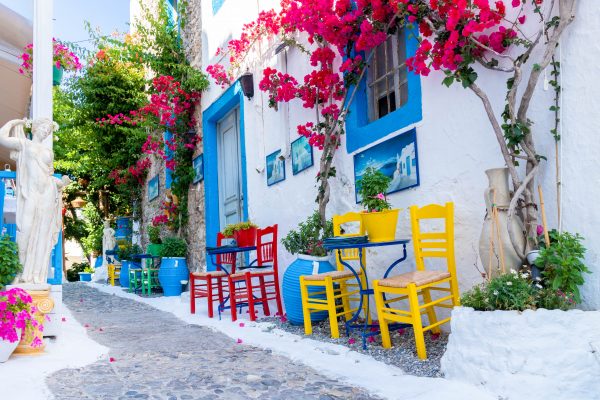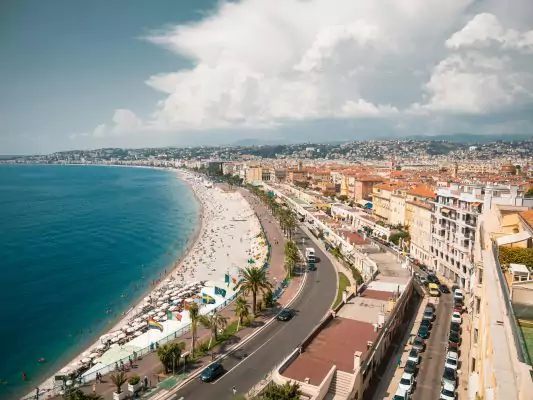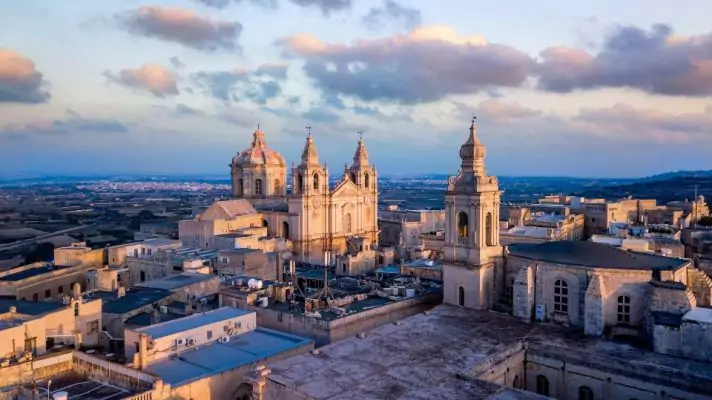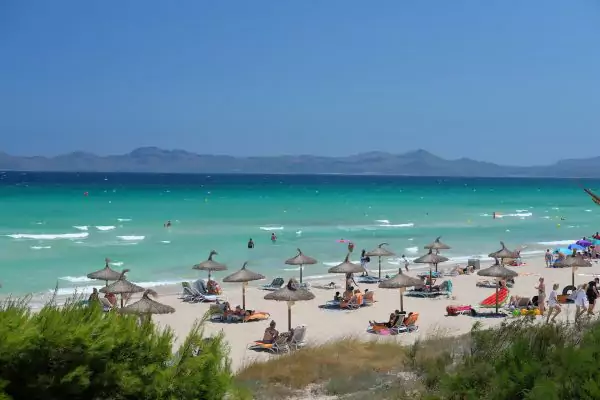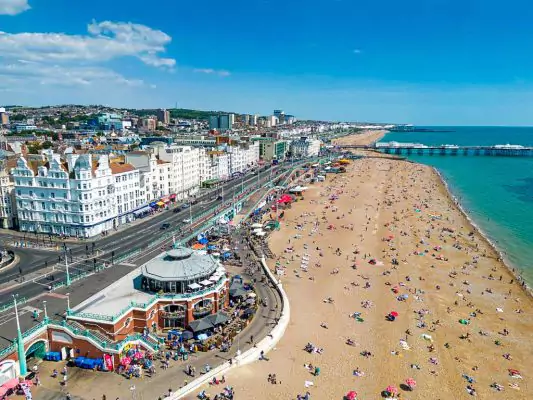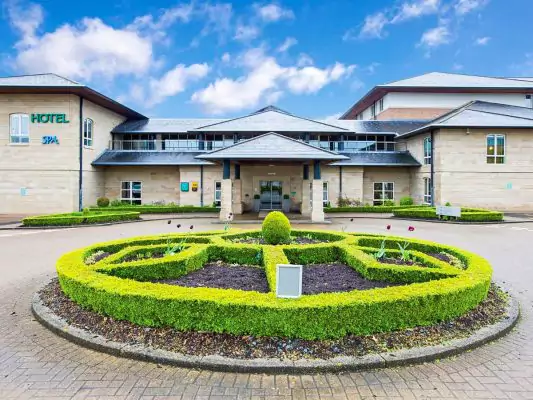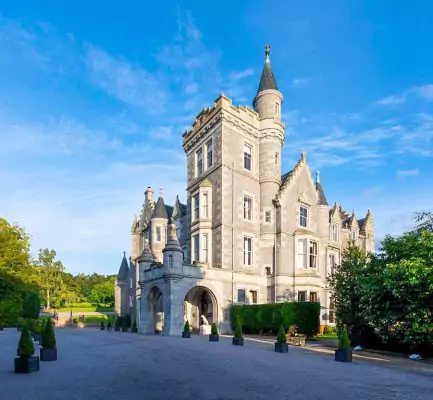Puglia 4-Day Itinerary – What to See and Do in 4 days
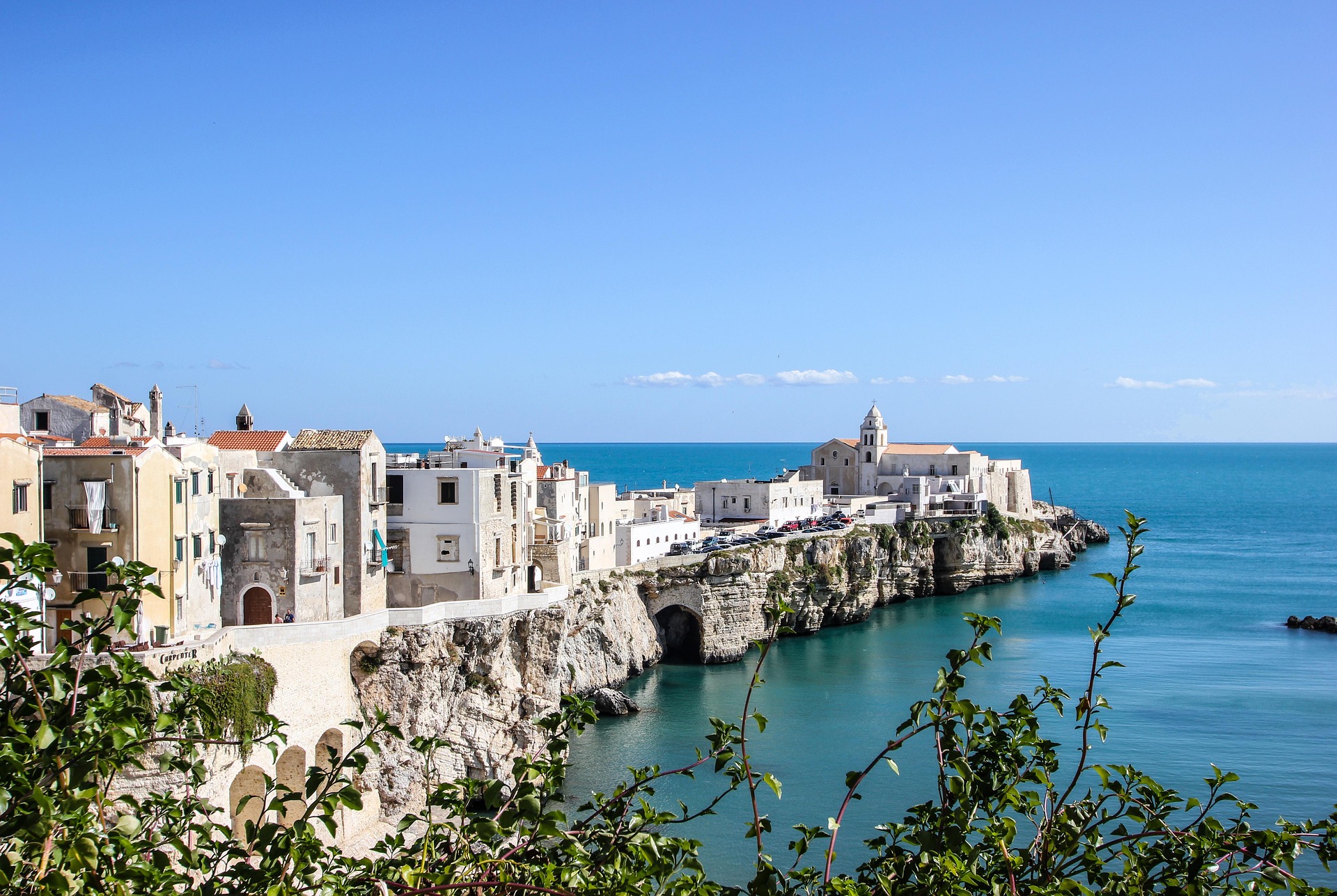
Best things to see and do in Puglia in 4 days. Discover the country’s most famous landmarks and tourist hotspots in our Puglia 4-day itinerary!
This Puglia 4-day itinerary is a part of our broader travel guide for the region. We recommend you check it out for the best travel tips and the most accurate information on transportation, hotels, restaurants, safety and best beaches in Puglia, Italy.
Puglia 4-day Itinerary – Where to visit in Puglia in 4 days
Well, considering the size of the region and the absurd amount of beaches, cities and small villages worth pursuing in Puglia, we consider 4 days to be rather insufficient to get a good grip of this amazing destination. Be that as it may, and if 4 days is all you have, we’re here to help you make the most of your experience. To do so, you’ll need to keep up the pace, even if you only end up visiting the “essentials”. In addition to the mandatory visit to Bari, where you’ll probably land, with 4 days you can see the seaside towns of Polignano a Mare and Monopoli, and check out the traditional villages in the Itria Valley (especially Alberobello and Ostuni) before heading to Lecce!
That being said, if you are looking for more comprehensive itineraries and have some additional time in hands, feel free to have a look at our Puglia 1-week itinerary.
So, without further ado, here are the cities, places and tourist attractions you should visit in a 4-day itinerary through Puglia, Italy:
Puglia 4-Day Itinerary: Day 1 – Bari

Considered the largest city in all of Puglia, as well as the best-connected, Bari is where you’ll inevitably begin your journey. Despite its current size and importance, this was actually a small fishing village for many centuries, until it established itself as one of the most important Italian ports of the Byzantine Empire. Nowadays, the city has two very distinct faces: the Old Town, with its narrow streets and ancient beauty, and the New Town, featuring modern buildings and wider avenues. As a tourist, you’ll naturally spend most of your time in Bari Vecchia, the local name for the historic center. Inside, all roads lead to the Basilica di San Nicola, considered the city’s main tourist attraction. Shared by both Catholic and Orthodox faiths, it is also known for housing the remains of Saint Nicholas – the religious figure who would go on to inspire Santa Claus. From there, simply stroll through the Old Town at your leisure and, along the way, you’ll invariably come across Piazza Mercantile, Piazza del Ferrarese, Bari Cathedral and the Castello Normanno-Svevo (€10,00), a former Byzantine fortress later turned into a grand palace.
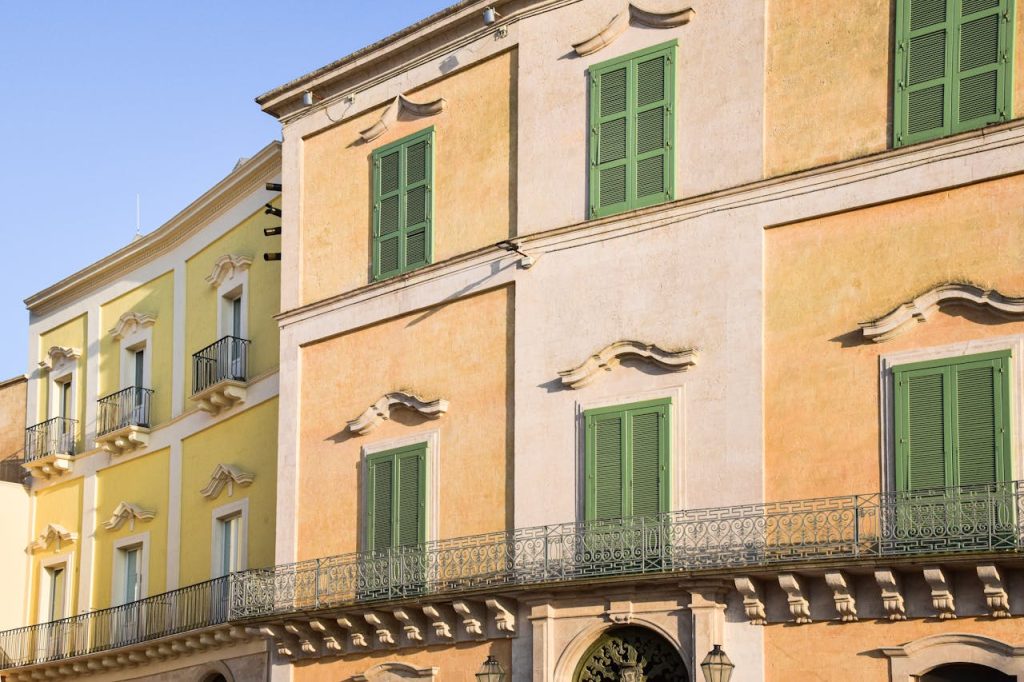
Still within the old quarter, we recommend walking along Strada Arco Basso, locally known as Strada delle Orecchiette, after a type of pasta closely associated with the city. For generations, elderly women from the city have come here, set up stands and sell little packets of homemade orecchiette pasta to locals and tourists alike! Once it’s time to leave Bari Vecchia, you’ll enter the neighboring district of Borgo Murattiano, where the narrow streets and medieval façades give way to grand avenues and classical 19th-century buildings. It’s still a very beautiful area, with several palaces (Palazzo Fizzarotti and Palazzo Mincuzzi), theaters (Teatro Piccini and Teatro Margherita) and shopping streets (Corso Vittorio Emanuele II and Via Sparano). However, no landmark in this district stands out quite as much as Teatro Petruzzelli (tours available for €5,00), one of the most beautiful and prestigious concert halls in Italy. To wrap up your first day in Puglia in style, we invite you to take a stroll along the Lungomare Nazario Sauro, the city’s long waterfront promenade, where you can watch your first southern Italian sunset.
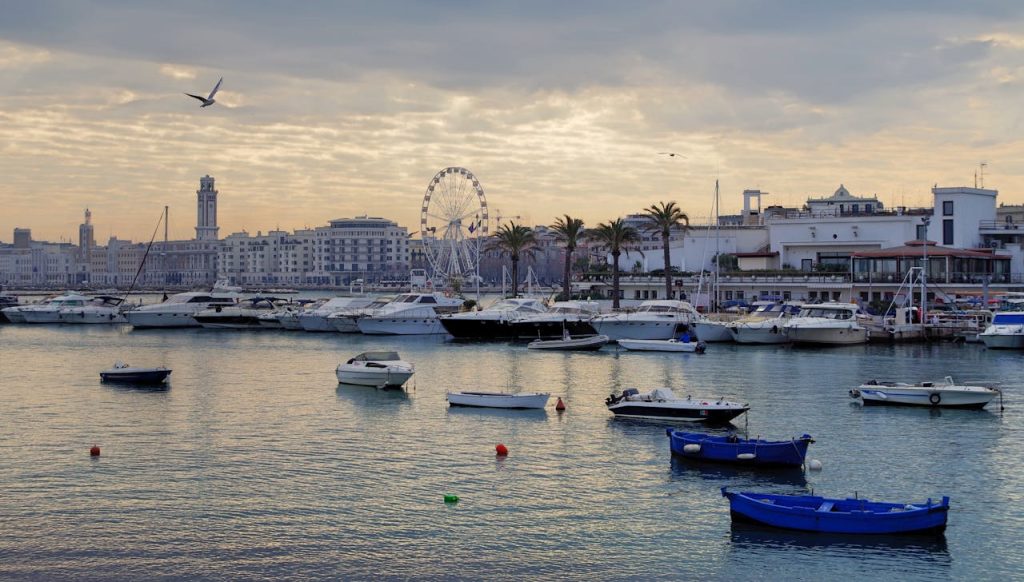
First day wrap-up:
- Bari Vecchia
- Basilica di San Nicola
- Piazza Mercantile
- Piazza del Ferrarese
- Bari Cathedral
- Castello Normanno-Svevo
- Strada Arco Basso (Strada delle Orecchiette)
- Borgo Murattiano
- Palazzo Fizzarotti
- Corso Vittorio Emanuele II
- Teatro Piccini
- Teatro Margherita
- Palazzo Mincuzzi
- Via Sparano
- Teatro Petruzzelli
- Lungomare Nazario Sauro
Where to eat in Puglia – Best restaurants in Bari
- Strada Arco Basso (orecchiette – Puglia’s local pasta)
- La Uascezze (Italian traditional)
- Sopravento da Sergione (Italian traditional)
- Al Sorso Preferito (Italian traditional)
- Il Bugigattolo (Italian traditional)
- Urban l’ assassineria urbana (Italian traditional)
- Il Grottino (pizza)
- Atena Focacce (focaccia)
- Mastro Ciccio (traditional Italian sandwiches)
- Martinelli – Fish O’Clock (traditional Italian sandwiches)
Puglia 4-Day Itinerary: Day 2 – Polignano a Mare and Monopoli

After getting an introduction into a more cultural and urban destination, the time has come to spend a couple of days experiencing the side of Puglia that actually landed it in most tourist radars. With that in mind, there’s no better way to start than by heading to the coast – specifically to Polignano a Mare – to get a great first-impression of the region’s stunning beaches. In fact, Lama Monachile, the town’s main beach, was one of Puglia’s very first (and most iconic) postcard pictures. Nothing that should surprise visitors, as the sight of this pristine stretch of sand nestled between dramatic cliffs and backed by the town’s signature whitewashed buildings is absolutely breathtaking. Be that as it may, Polignano a Mare’s charm goes far beyond beach tourism, which is why you should spend the rest of your morning exploring its historic center. To do so, walk through Arco Marchesale, the main gateway into the charming scenario of cobblestone streets and whitewashed façades where you can check out Piazza Vittorio Emanuele, home to other important landmarks like the Palazzo dell’Orologio and the Chiesa di Santa Maria Assunta. Even more impressive are the many viewpoints offering fabulous views over the Adriatic Sea and the silhouette of the Old Town! Among the several different options, we recommend tasking in the views from Belvedere su Lama Monachile, Bastione di Santo Stefano and from the terrace right next to the Monumento a Domenico Modugno. The name doesn’t ring any bell? Just the guy who sings the famous “Volare oh, oh / Cantare oh, oh” – a native of this very village!

After your lunch break, it’s time to hit the road again and head to Monopoli, just a mere 10 km away. Though significantly larger than your morning stop, the city is far less touristy and still boasts an extremely beautiful historic center. Somewhat surprisingly, the Old Town of Monopoli has quite a lot to see and do, starting with the Cathedral di Maria Santissima della Madia, one of the most beautiful churches in all of Puglia. Other religious sites worth a visit include the Chiesa di Santa Maria del Suffragio and Chiesa San Salvatore. Furthermore, visitors should also check out Palazzo Palmieri and Castello Carlo V, enjoy the views from Bastione Santa Maria and from the Porto Antico, and do a bit of people-watching while sipping a drink in Piazza Giuseppe Garibaldi. Along the way, don’t miss the chance to swim at Cala Porta Vecchia, adjacent to the old defensive wall. As such, the setting is quite unique, creating a pretty intriguing blend of natural beauty and historic architecture. If there’s still time and energy left, cap off your day by hitting the road once more for a final 7 km stretch to Calette di Torre Cintola. Surely one of the most unique beaches on this list, you won’t find soft sand or pebbles here. Instead, the “beach” is made up of smooth rock formations, perfect for laying out your towel and diving straight into the waters that once served as Roman swimming pools.

Second day wrap-up:
- Polignano a Mare
- Lama Monachile
- Arco Marchesale
- Piazza Vittorio Emanuele
- Palazzo dell’ Orologio
- Chiesa di Santa Maria Assunta
- Belvedere su Lama Monachile
- Bastione di Santo Stefano
- Monumento a Domenico Modugno
- Monopoli
- Cathedral di Maria Santissima della Madia
- Chiesa di Santa Maria del Suffragio
- Cala Porta Vecchia
- Palazzo Palmieri
- Chiesa di San Salvatore
- Bastione Santa Maria
- Castello Carlo V
- Porto Antico
- Piazza Giuseppe Garibaldi
- Calette di Torre Cintola
Where to eat in Puglia – Best restaurants in Polignano a Mare and Monopoli
- Coppino Monopoli (orecchiette – Puglia’s local pasta)
- Braceria Dello Sport (Italian traditional)
- L’Officina dei Sapori (Italian traditional)
- Spaghetti d’Italia (Italian traditional)
- Cime di Tapas (Italian traditional)
- Malidea (pizza)
- Pescheria Da Pasqualino (fish and seafood)
- La Focacceria di Delle Noci Marco (focaccia)
- Magnapulia (local cheese and prosciutto)
- Frescolatte Gelateria Di Puglia (gelato)
Puglia 4-Day Itinerary: Day 3 – Itria Valley

Having already explored the cities and a bit of the coast, the third day of your adventure will take you to the Itria Valley, an area known for its vineyards, olive groves and traditional villages. Despite being “far” from the sea, this valley is considered a must-see destination, home to some of the most picturesque and charming spots in all of Puglia. While a single day isn’t enough to cover everything, you will at least be able to visit some of its most iconic locations if you get off to an early start. Without further ado, your first stop will take place in Alberobello, probably the most famous village in the region. Located in an area known for its “trulli”, traditional Puglian houses with round shapes and conical stone roofs, Alberobello is the personification of this architectural tradition, boasting an historic center made up almost entirely of these unique structures. Unsurprisingly, it’s also one of the most photogenic spots in Puglia, as well as an absolute must-see for anyone venturing through this southern corner of Italy. There aren’t really major attractions to visit, but that’s precisely what makes the town so appealing. It’s the kind of place where one can simply wander around (especially through the district of Rione Monti), snapping photos of the trulli and climbing onto the terraces of the countless souvenir shops for panoramic views. Still, if you absolutely need a list, you can visit the Parrocchia Sant’Antonio di Padova, the Saints Cosma and Damian’s Church and the Belvedere Santa Lucia.

After a couple of hours exploring Alberobello, it’s time to head to Locorotondo, a small village located atop a hill. Italians often say it’s one of the most beautiful villages in the entire country — so how can we disagree? Featuring breathtaking views from nearly every point along Via Nardelli, the road that encircles the entire historic district, it offers a great combo of cultural sights and stunning scenery. Once you’ve soaked in the views, enter the Old Town through Porta Napoli, which will lead you into a charming maze of stone alleys and whitewashed houses. It’s the kind of place where one can’t take a bad photo! Once there, be sure to check out Palazzo Morelli, the Mother Church of San Giorgio Martire or Chiesa di Madonna della Greca, and don’t miss a walk through the tiny but picturesque Piazza Vittorio Emanuele. For one last postcard-perfect view over the expansive Itria Valley, head to the Belvedere di Locorotondo. Although it’s a packed morning, the goal is to complete all of this in time for lunch in Ostuni, the last village on your itinerary. Known as the “White City”, nearly all the houses in the historic center are painted white, taking to the extreme a common sight in other Puglian towns. Funny enough, local authorities actively encourage this aesthetical uniformity, covering half the cost for homeowners who repaint their houses white every 2 years!

Once again, the best approach is to enter the Old Town and let yourself get lost – well, literally! Turns out the historic center in Ostuni was built spontaneously and without any planning or regard for structure, resulting in the chaotic maze of dead-end alleys that tourists are so fond of today. In fact, this mess of a layout proved helpful in the past, making it much harder for invading forces over the centuries to successfully take over the city. Either way, your tour will start off at Piazza della Libertà, considered the heart of the city, and home to both the Column of Sant’Oronzo and the Chiesa di San Francesco d’Assisi. Next up is the Cathedral di Santa Maria Assunta, followed by a walk along the city walls, where you’ll get jaw-dropping views of vast olive groves and the Adriatic Sea in the background. As you exit the city, we recommend a quick stop at Piazzetta Martiri delle Foibe (better known as the Belvedere di Ostuni) for a view of the town you will never forget. Finally, if you’ve got another hour or two to spare, we suggest ending the day at Spiaggia di Torre Pozzelle. The ideal choice for combining a beach day with a visit to the nearby charming town of Ostuni, this beach has a wilder, more remote feel than many others in the region. This is something you’ll definitely want to take into account, as it makes for the perfect escape from the Summer crowds.
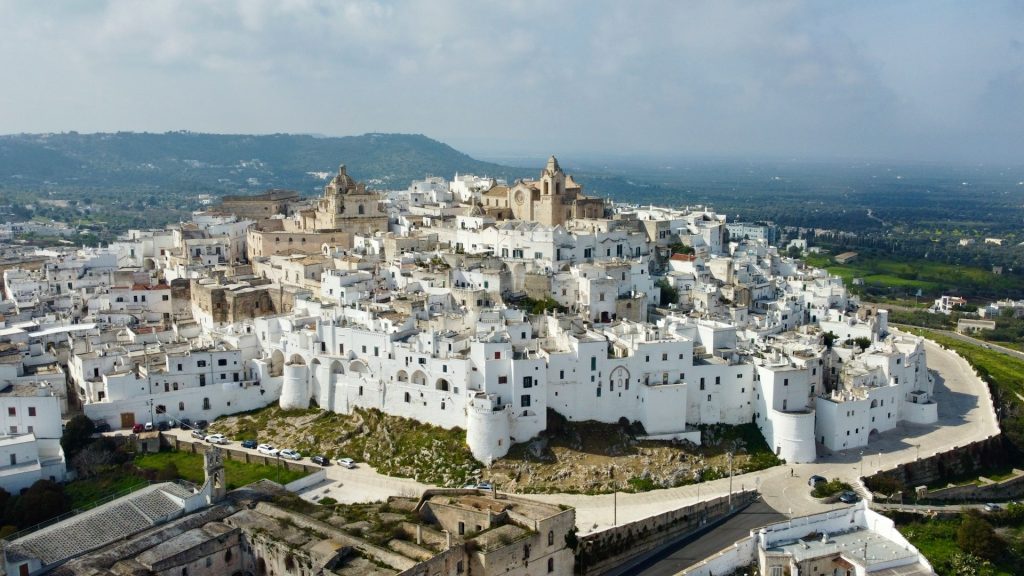
Third day wrap-up:
- Alberobello
- Rione Monti
- Parrocchia Sant’Antonio di Padova
- Saints Cosma and Damian’s Church
- Belvedere Santa Lucia
- Locorotondo
- Via Nardelli
- Porta Napoli
- Palazzo Morelli
- Mother Church of San Giorgio Martire
- Chiesa di Madonna della Greca
- Piazza Vittorio Emanuele
- Belvedere di Locorotondo
- Ostuni
- Piazza della Libertà
- Column of Sant’Oronzo
- Chiesa di San Francesco d’Assisi
- Duomo di Santa Maria Assunta
- Piazzetta Martiri delle Foibe (Belvedere di Ostuni)
- Spiaggia di Torre Pozzelle
Where to eat in Puglia – Best restaurants in Ostuni
- Il Trullo Dell’angelo (Italian traditional)
- Ostuni Bistrot (Italian traditional)
- Tavola Calda Da Bruno (Italian traditional)
- Ristorante Trattoria Fave e Fogghje (Italian traditional)
- Casa San Giacomo (Italian traditional)
- Caffè Fanelli Bistrot (Italian traditional)
- Al Solito Posto – Ristorante Pizzeria (pizza)
- La Pastasciutta (pasta)
- Asso di Spade dal 1905 (traditional Italian sandwiches)
- Cremeria alla Scala (gelato)
Puglia 4-Day Itinerary: Day 4 – Lecce

Having seen the beaches and the valleys, it’s time to get back to the city-vibes with a visit to Lecce, before boarding your flight back home. Known as the “Florence of the South”, Lecce is one of the most underrated destinations in Italy, as there aren’t that many international visitors around. As you stroll through the city, it’s impossible not to notice that most buildings feature a similar honey hue, which comes from a specific type of stone quarried near Lecce that was extremely popular with stonemasons and craftsmen in ancient times due to its color and malleability. Long-story-short: Lecce is visually stunning! Enter the historic center through Porta Napoli, once the main gateway to the city and one of the only three gates to have survived the test of time. While in the Old Town, you’ll head straight to the extraordinary Piazza del Duomo, home to the majestic Cathedral di Maria Santissima Assunta. As a side note, it’s worth highlighting Lecce’s past as a Roman colony, with remnants of the ancient empire commonly uncovered whenever excavations are carried out in the old city. Because of this, Lecce has some noteworthy archaeological ruins. The first you’ll see is the Teatro Romano, a small arena that’s actually easy to miss if you’re not paying attention. However, the real highlight is the Roman Amphitheater, located in the imposing Piazza Sant’Oronzo. Much larger and more prominent than the former ruins, it’s actually mind-boggling to find out that most of the amphitheater remains buried underground and hasn’t yet been excavated.

A bit further north, make a short detour of a few hundred meters to visit the Basilica di Santa Croce – often regarded as the most beautiful church in Lecce – before making your way back along the walls of the Castle of Charles V. Marking the divide between the Old Town and the more modern districts, and though the castle is closed to the public, it’s still worth passing by just to get a glimpse. For the only museum stop of the day, we strongly recommend a visit to the Museo Faggiano (€5,00). A private institution showcasing artifacts and partial ruins of the ancient Roman city, its origin story is pretty bizarre. Turns out that the owner, landlord to another man who was living there, had to dome some renovation work to fix issues in the plumbing., having discovered valuable Roman remains beneath his house. Prevented by local authorities from continuing his renovations, the owner then reportedly had to fund the entire archaeological excavation and restoration himself, eventually founding the museum. Even if the story wasn’t true, the exhibition is genuinely fascinating, allowing you to descend several levels and walk among the ruins. Finally, you’ll end your visit the same way it began – by walking through one of Lecce’s historic gates. This time, it’ll be Porta Baggio, located further south.
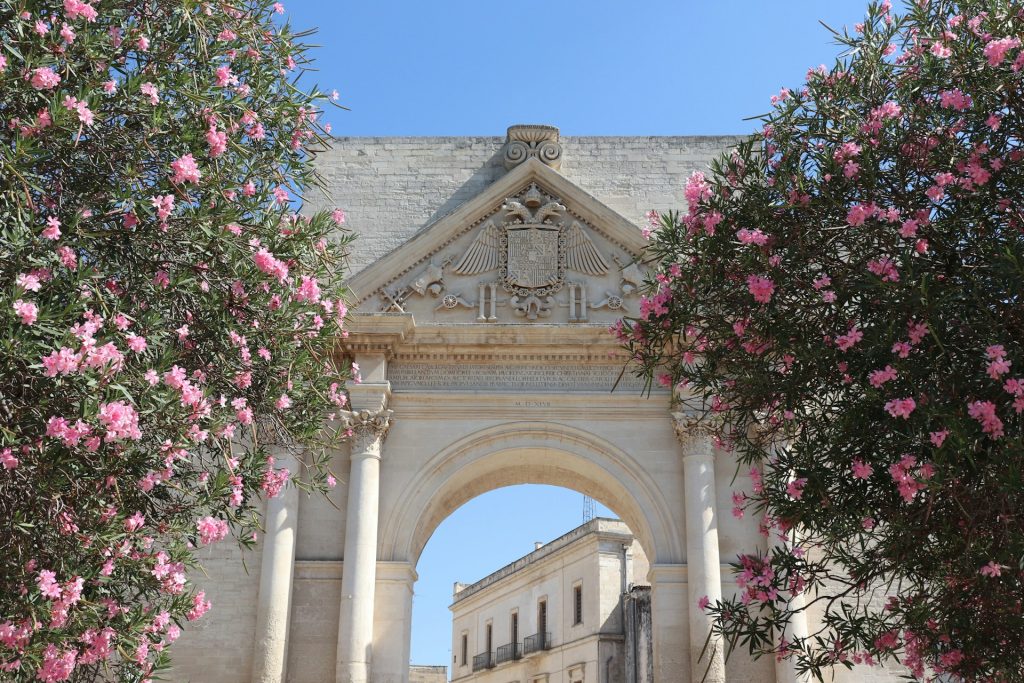
Fourth day wrap-up:
- Porta Napoli
- Piazza del Duomo
- Cathedral di Maria Santissima Assunta
- Roman Theater
- Roman Amphitheater
- Piazza Sant’Oronzo
- Basilica di Santa Croce
- Castle of Charles V
- Museo Faggiano
- Porta Baggio
Where to eat in Puglia – Best restaurants in Lecce
- Osteria da Angiulino (Italian traditional)
- Trattoria Le Zie – Cucina Casareccia (Italian traditional)
- La Cucina di Mamma Elvira (Italian traditional)
- Mezzo Quinto Cibo di Strada (Italian traditional)
- Pizza&Co. (pizza)
- Pizzeria La Gigante (pizza)
- Porcaria – Il Panino Gourmet (traditional Italian sandwiches)
- Taula (traditional Italian sandwiches)
- Il Salumaio La Massaia (local cheese and prosciutto)
- Baldo Gelato (gelato)
Traveling soon? Get your Holafly eSIM with a 5% discount for unlimited internet access in any destination. No more worrying about roaming charges or finding local SIM cards. Enjoy unlimited data and stay connected with ease. Order your Holafly eSIM now »
Heymondo offers a wide range of travel assistance insurance policies. They combine the best quality, service and price with various levels of coverage, so you’re covered on your weekend getaways and long trips. Click here to get 5% off on your travel insurance »


